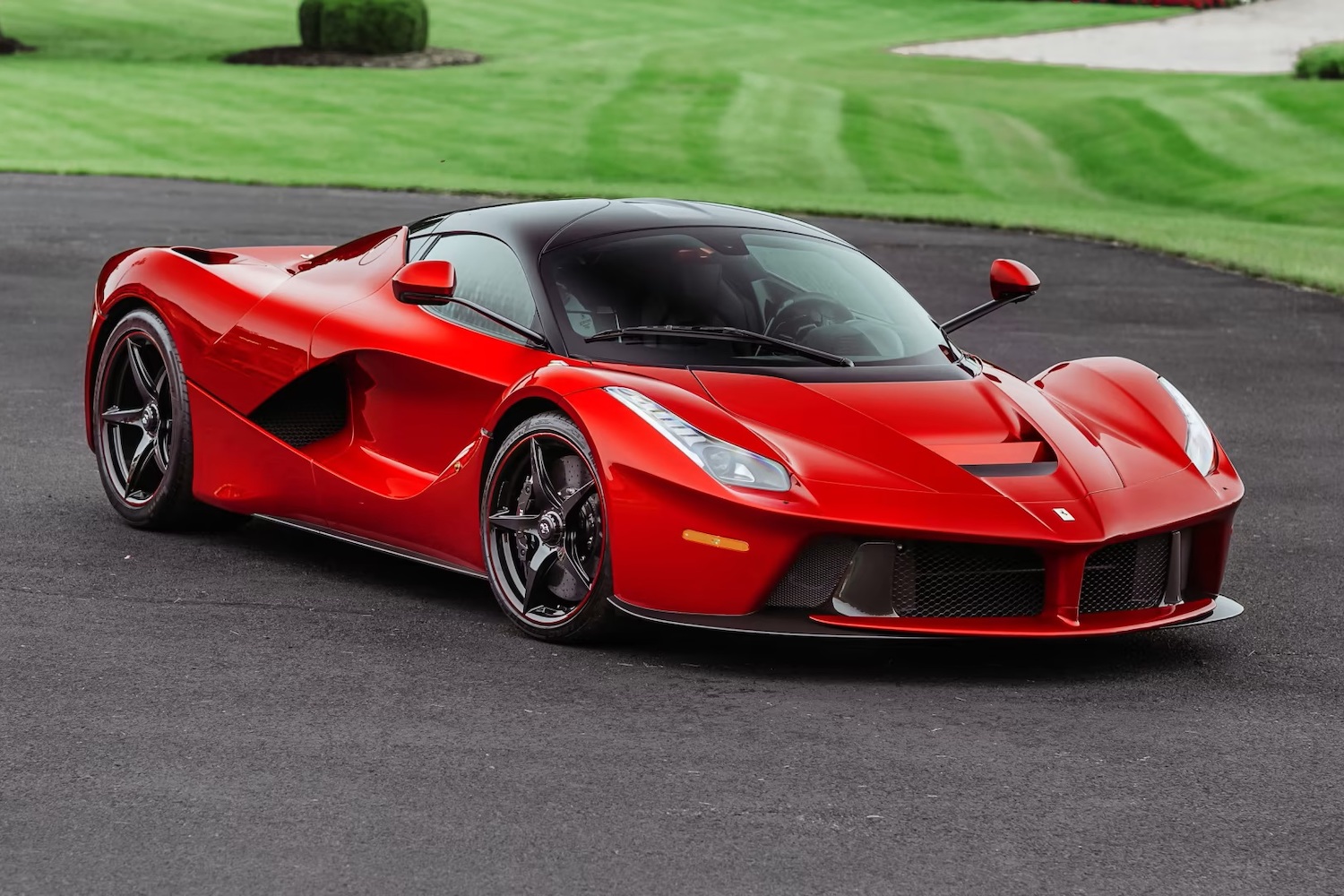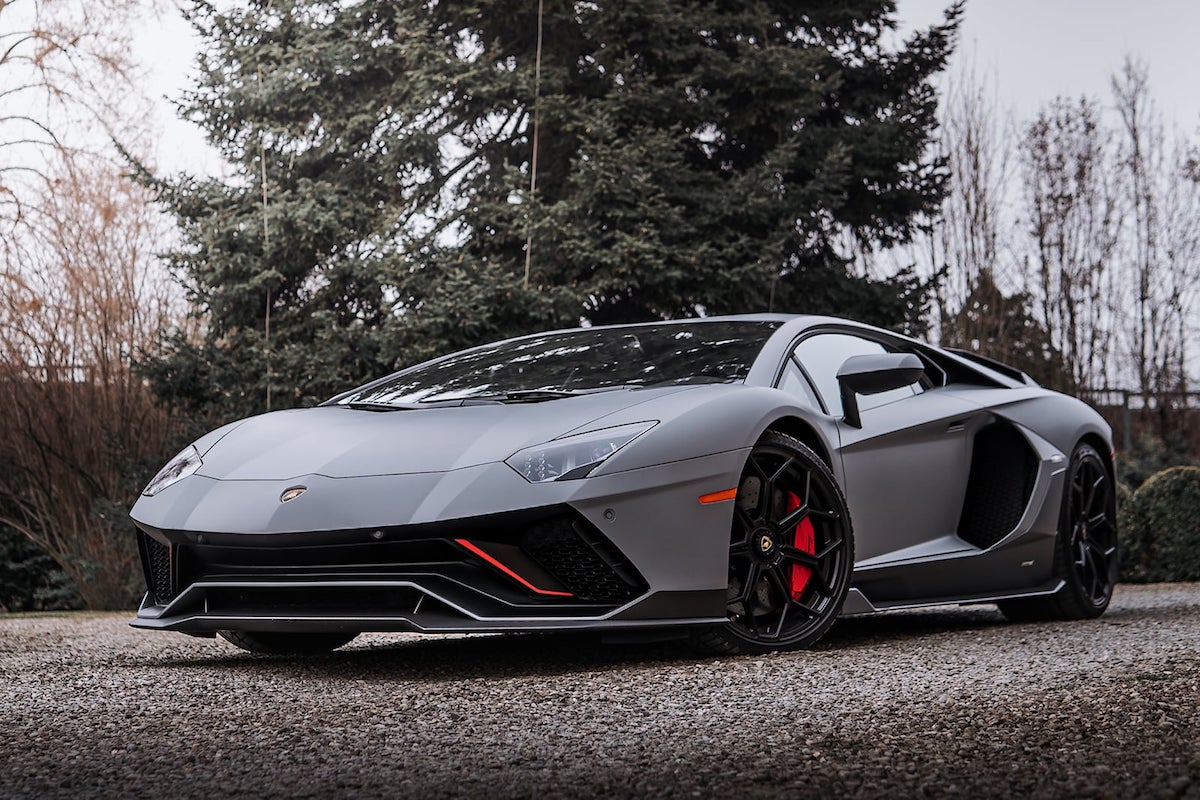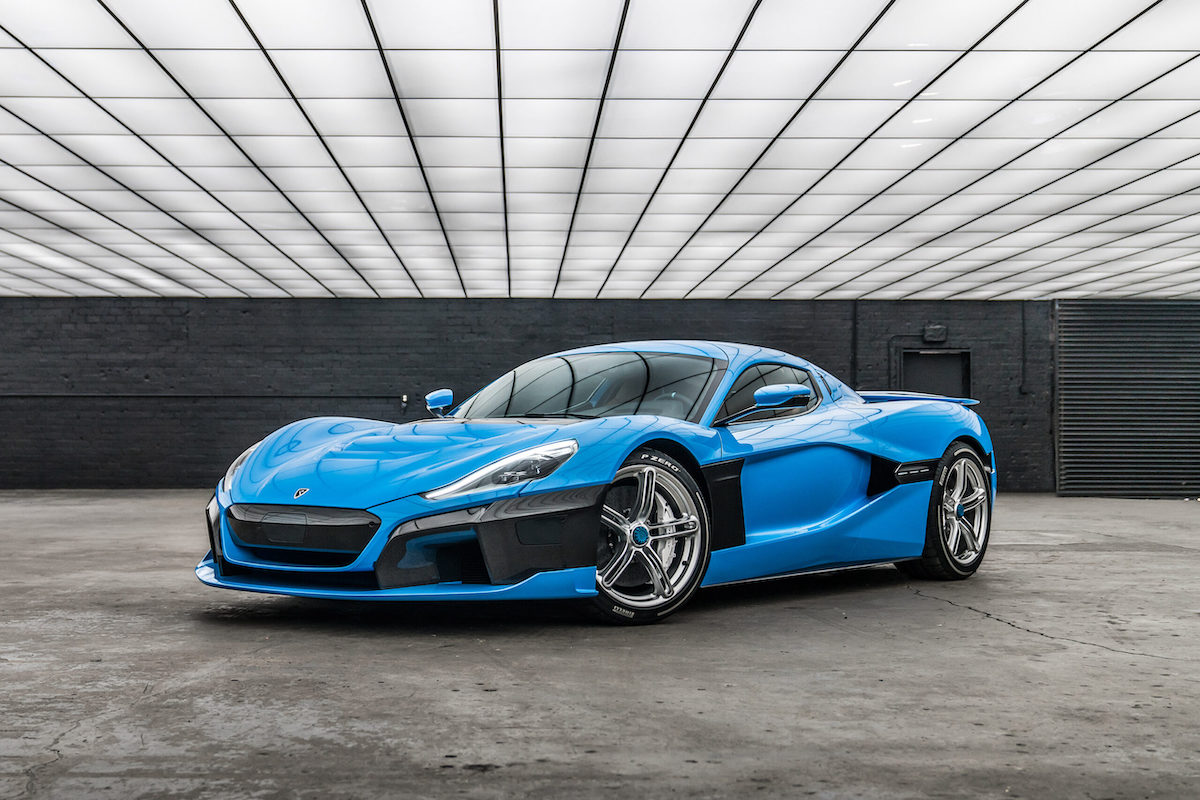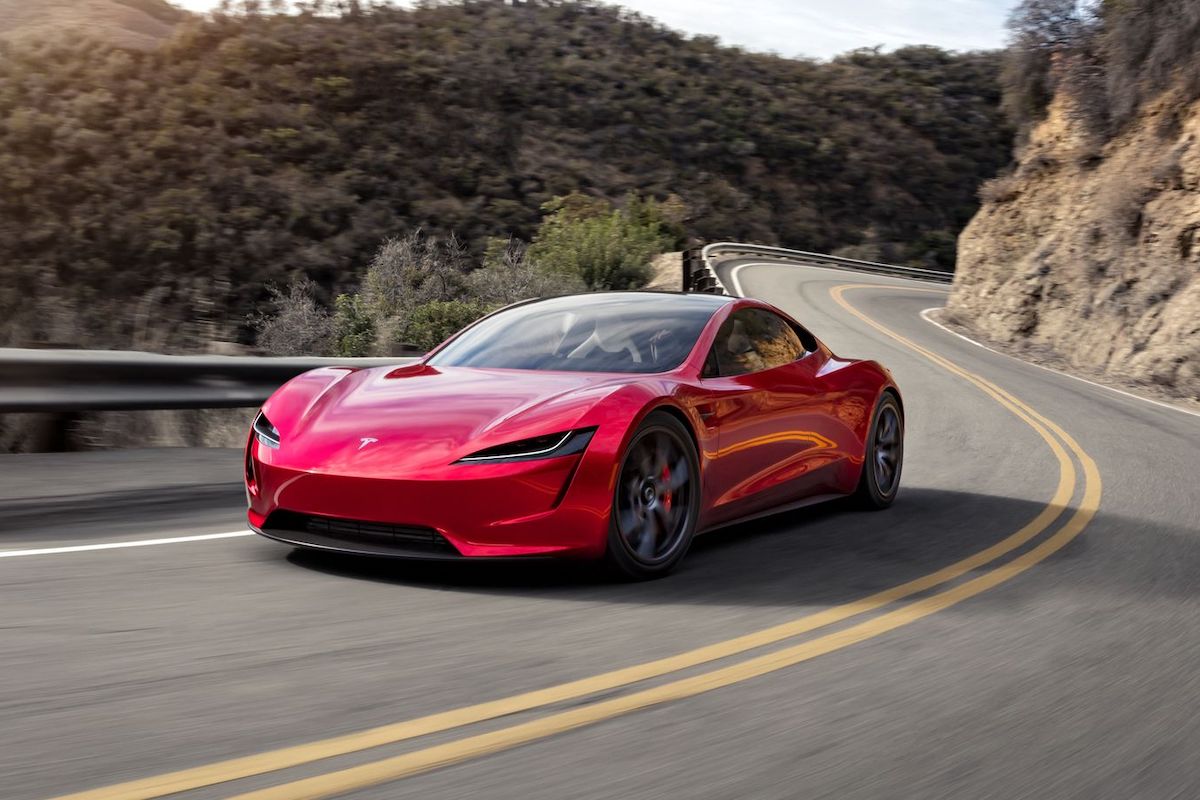The Evolution of Supercars: A Decade in Review

The last decade has been a transformative era in the realm of supercars, marked by technological advancements, shifts in design philosophies, and a new understanding of what it means to push the boundaries of automotive engineering. This period has seen everything from the rise of hybrid powertrains to the embrace of cutting-edge materials and aerodynamics, redefining the supercar landscape.
2010-2012: Embracing Hybrid Power
The decade’s start was heralded by the introduction of hybrid technology in supercars. Iconic models like the Porsche 918 Spyder, McLaren P1, and Ferrari LaFerrari broke new ground, merging traditional internal combustion engines with electric motors. This hybridization wasn’t just about improving fuel efficiency; it was about augmenting power and performance. The McLaren P1, for instance, offered a staggering 903 hp through its combined powertrain, a figure that was previously the domain of track-only race cars.

2013-2015: Focus on Aerodynamics and Materials
As the decade progressed, supercar manufacturers turned their attention to aerodynamics and the use of advanced materials. Active aerodynamic elements, as seen in the LaFerrari, allowed for real-time adjustments to downforce and drag, optimizing performance in various driving conditions. The use of carbon fiber became more prevalent, significantly reducing weight while increasing strength and rigidity. The Lamborghini Aventador exemplified this trend with its carbon-fiber monocoque chassis, a technology borrowed from aerospace and Formula 1.
2016-2018: The Dawn of Bespoke Hypercars
This period saw the advent of bespoke hypercars, which blurred the lines between high-performance road cars and track-oriented machines. Cars like the Aston Martin Valkyrie and the Mercedes-AMG One were born out of collaborations with Formula 1 teams and featured technology directly derived from the racetrack. The Valkyrie’s naturally aspirated V12 engine and radical aerodynamic design highlighted a new direction in hypercar development, where every element was honed for ultimate performance.

2019-2020: The Electrification Wave and Speed Records
Towards the end of the decade, electrification took center stage. All-electric models like the Rimac C_Two and Lotus Evija challenged the perception that electric cars couldn’t deliver the adrenaline rush synonymous with supercars. The Rimac C_Two, with its promise of a sub-2 second 0-60 mph time, showed that electric powertrains could deliver unprecedented acceleration.
2021 and Beyond: Sustainable Performance and Intelligent Technology
As we entered the 2020s, the focus in the supercar domain shifted towards sustainability and intelligent technology. Hybrids are now more common, and all-electric supercars are becoming mainstream. The Tesla Roadster 2, with its ambitious claim of rocket thruster technology, exemplifies the innovative spirit driving the future of supercars.

Additionally, artificial intelligence and autonomous driving features are beginning to find their way into these high-performance machines, offering not just enhanced driving experiences but also increased safety and efficiency. This integration of smart technology is not just about autonomy but about augmenting the driver’s capabilities and interaction with the car.
Throughout the decade, the evolution of supercars has been driven by a quest for not just faster and more powerful cars, but smarter, more efficient, and more sustainable ones. It’s a reflection of the broader changes in the automotive industry and society’s growing focus on environmental impact and technological integration.
As we look ahead, the evolution of supercars is poised to continue at an accelerated pace. With advancements in battery technology, materials science, and digital capabilities, the next generation of supercars will likely be more revolutionary than evolutionary, continuing to redefine the limits of what is possible in automotive engineering. This past decade has set a thrilling precedent, and the future promises to be even more exciting for supercar enthusiasts and the automotive industry as a whole.
